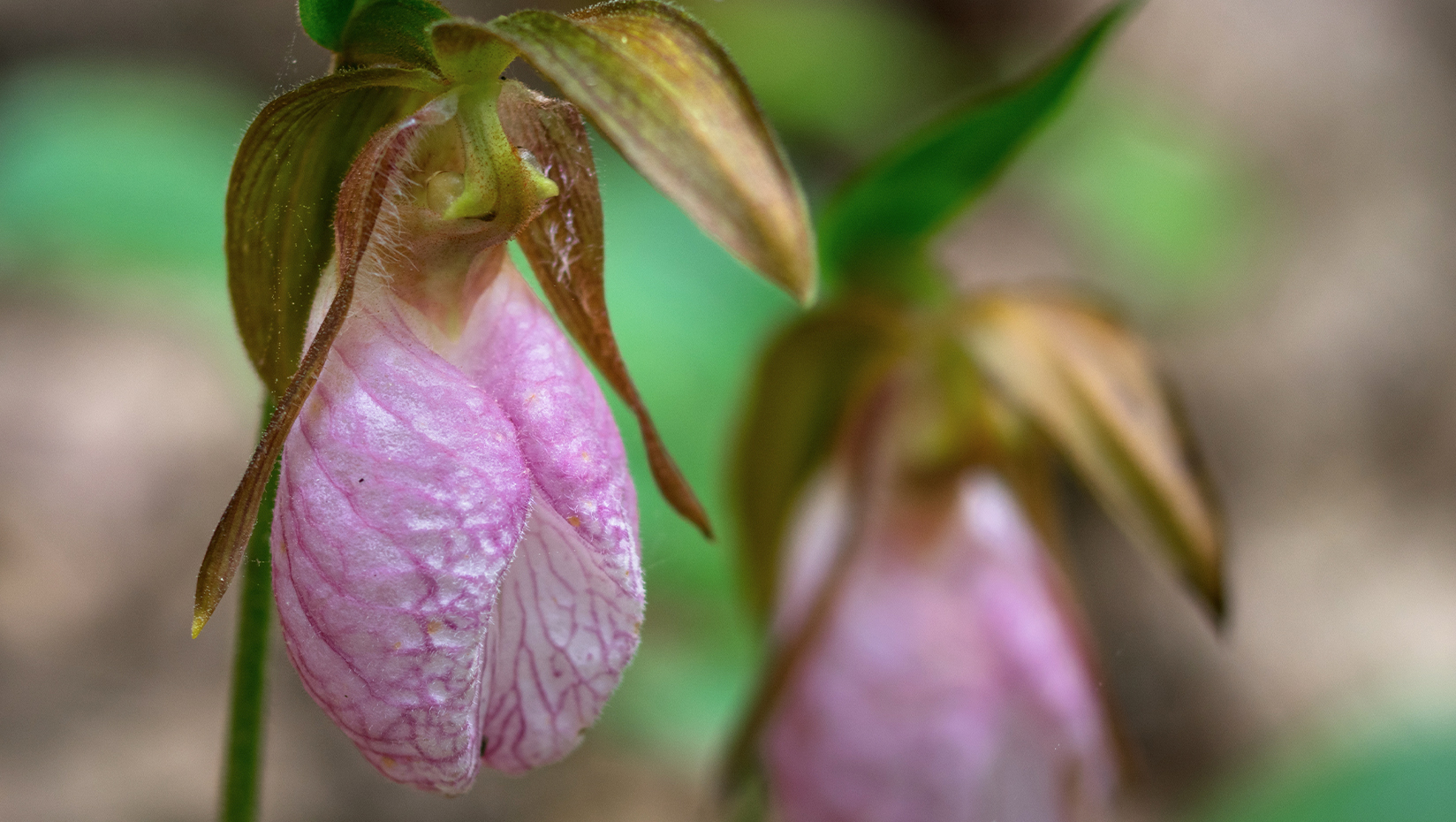
Botanists, with help from Thoreau, find climate change puts spring wildflowers in the shade
Spring wildflowers may face challenges in a warming climate.
That’s according to researchers who combined their findings with historical observations collected by philosopher and author Henry David Thoreau.
Conservation biologists Caitlin McDonough MacKenzie of the University of Maine and Richard Primack of Boston University presented Thoreau’s scientific observations from the 1850s in Concord, Massachusetts to Mason Heberling, assistant curator of botany at Carnegie Museum of Natural History.
The data included tree and wildflower leaf-out dates measured for 37 separate years between 1852 and 2018.
Primarily as a result of human activities, temperatures in Concord, Massachusetts have warmed by 3 degrees Celsius over the past century, say the researchers.
During the same time period, tree and wildflower leaf-out dates — when plants produce leaves — have shifted significantly.
“Wildflowers are now leafing out about one week earlier than 160 years ago, but the trees are leafing out two weeks earlier,” says MacKenzie, a David H. Smith Conservation Research Fellow at the Climate Change Institute. “Understory wildflowers need the sunny conditions before the trees leaf out for their energy budgets, but we didn’t know how a shadier spring would affect these plants on the ground.”
As part of a multiyear field experiment, the team compared Thoreau’s observations to photosynthetic data collected in a forest in Fox Chapel, Pennsylvania by Heberling and Susan Kalisz of the University of Tennessee, Knoxville.
Heberling, the paper’s first author, adapted the measurements to calculate how temperature-driven shifts in trees leafing out have affected wildflowers from Thoreau’s era until now.
The combined analysis shows that small differences in the responses of wildflowers versus trees to a warming climate could already be harming wildflower abundance and flowering, with greater effects in coming years.
“Combining our work from Pittsburgh with Thoreau’s data revealed an overlooked, yet critical, implication of how our changing climate is affecting native wildflowers beloved by so many people, right here at home,” Heberling says.
As the climate warms, the window of time between wildflower emergence and tree leaf out likely will shorten, leaving wildflowers less time to photosynthesize in the spring.
Climate models predict a 2.5- to 4.5-degree Celsius temperature increase in the northeastern United States by 2080, potentially more than double the temperature increase during the past century.
What does this mean for the future of forests and wildflowers? Studies are ongoing, but MacKenzie says we may see fewer wildflowers in the future.
“Light is so important for these wildflowers in the early spring, and once the trees leaf out, the light availability drops dramatically,” she says.
“On the one hand, it’s great that trees can track the changing temperatures and leaf out earlier — but, the wildflowers aren’t keeping up and that could mean less energy to produce flowers, fewer seeds and declining wildflower populations.”
The full study, “Phenological mismatch with trees reduces wildflower carbon budgets,” is in the scientific journal Ecology Letters.
The Carnegie Museum of Natural History’s media release is online.
Contact: Beth Staples, 207.581.3777
